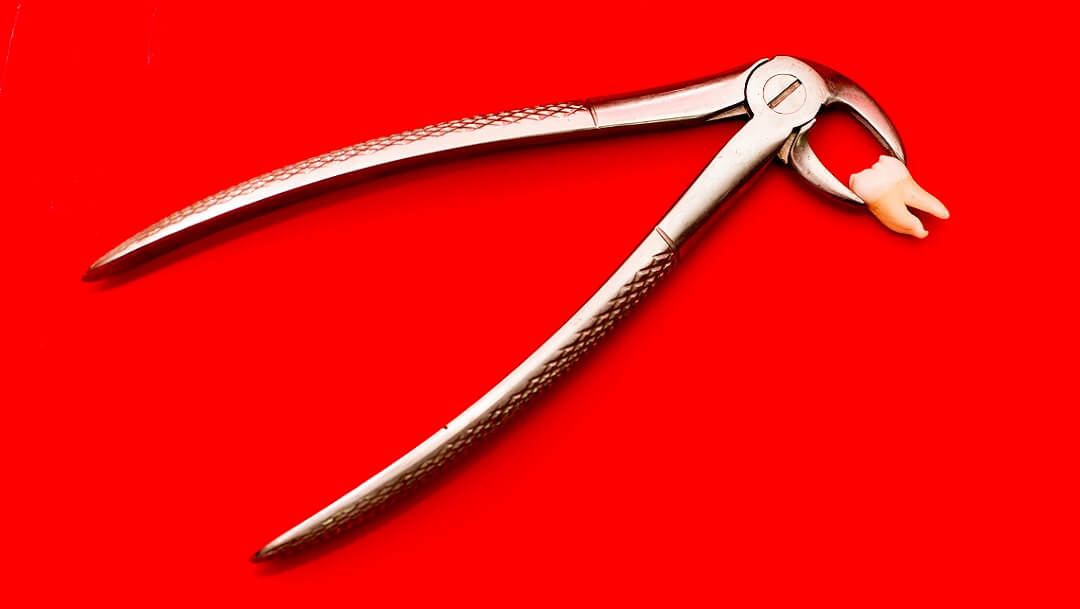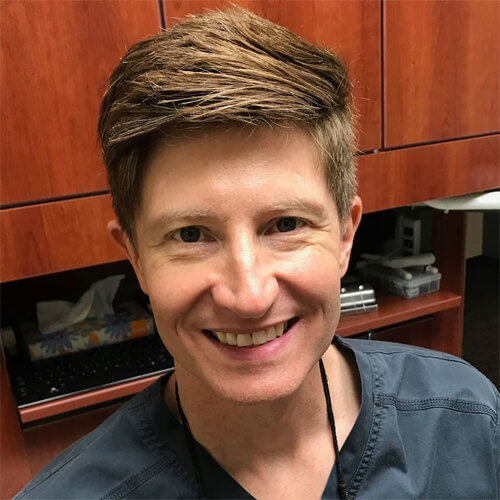Tooth extractions are common for adults in the United States, with oral surgeons and dentists pulling millions of teeth each year. Whether you will have a tooth pulled due to decay, trauma, overcrowding, or wisdom tooth extraction, knowing how to care for your extraction site after oral surgery is essential. At Soundview Family Dental, we believe knowledge is power and that it is important to understand your post-operative instructions in the days following your tooth extraction.
Key Takeaways
- DO’s: Use gauze, rest and elevate your head, take prescribed medications, use ice packs, eat soft foods for the first 24-48 hours.
- DON’Ts: Avoid smoking, using straws, spitting, rinsing your mouth, blowing your nose or sneezing, probing the extraction site with your tongue.
- After 48 hours: Continue good oral hygiene, saline rinses, and soft foods until complete healing.
Post-operative instructions: Day 1 – 2
The most important aspect of your tooth extraction recovery is maintaining the blood clot that forms in the tooth socket. This important part of the healing process helps you avoid potential complications, such as dry socket. Dry socket is a painful condition when the blood clot fails to develop or becomes dislodged, exposing the underlying bone and nerve endings. Following these after-care do’s and don’ts help to promote a healthy blood clot and healing.
Do’s
Here are some things to do after your tooth extraction that will help promote blood clot formation and healing:
- Use gauze to promote clotting and stop bleeding – After your extraction, your dentist will send you home with gauze packed over the extraction site. You need to leave this gauze in place, biting down gently to apply pressure. This helps to stop the bleeding and promote clot development. You may change the gauze as needed. Keep the gauze in place for a few hours after your extraction.
- Get plenty of rest – Your body needs time to heal after tooth extraction. It is important that you rest for at least the first 24 hours and avoid strenuous activity for at least 48 hours.
- Rest or sleep with head elevated – Sleeping with your head elevated on extra pillows will help the blood clot and promote healing.
- Take your prescribed medications – Your dentist may provide prescription medications or advise you to take over-the-counter medications for pain. In addition, you may receive antibiotics for any possible infection. Take pain meds as needed and make sure to take the antibiotics as prescribed until they are gone. This promotes healing and reduces the risk of complications.
- Use ice packs for pain and swelling – Apply ice packs to your face in 15-minute intervals for the first 24 hours as needed to help reduce swelling and ease the pain.
- Eat soft foods – Foods can irritate the extraction site and dislodge a clot. For the first 24 to 48 hours, stick to soft foods, such as yogurt, mashed potatoes, scrambled eggs, or soup. Also, avoid chewing at the side of the extraction site.
Don’ts
Some things can irritate the extraction site and affect clotting and healing. It is essential to avoid these things to promote a speedy recovery and reduce your risk of dry socket.
- Smoking – When it comes to tooth extraction, the chemicals found in tobacco can affect blood clotting and increase your risk of developing dry socket. You should refrain from smoking for at least 48 hours after your extraction.
- Avoid using straws – Using a straw to drink causes a sucking action that can dislodge your clot, increasing your risk of bleeding and dry socket. Avoid straws for at least 48 hours.
- Do not spit – While increased saliva and blood are normal after tooth extraction and spitting may seem like a simple solution, spitting places pressure on the mouth and can affect blood clotting. Instead, simply lean over the sink and let blood and saliva drip out.
- Avoid rinsing your mouth – While you may be tempted to rinse or gargle to clean your mouth, avoid this for the first 48 hours as it can slow the clotting or even dislodge a forming clot.
- Avoid blowing your nose or sneezing – This is especially true if you have an upper tooth extraction. The pressure associated with blowing your nose and sneezing can dislodge the clot. If you can’t avoid a sneeze, keep your mouth open to avoid increased pressure.
- Avoid probing the extraction site with your tongue – While it will feel odd to have an open space where you once had a tooth, keep your tongue away from it. This can dislodge a healing clot and increase your risk of dry socket.

Post-operative instructions: After 48 hours
Your clot forms within the first 24 hours and it is essential to maintain this clot and general good oral health. While the clot is an important part of the healing process, total healing after extraction can take up to 10 days or more. Following these do’s and don’ts will help ensure proper healing and reduce the risk of possible complications.
Do’s
It is important for the next few days and weeks that you give your mouth time to heal, as well as maintain good oral health. Tips to follow in the days after your initial healing include:
- Continue to brush and floss your teeth – Maintaining good oral hygiene is essential for good oral health. However, when brushing and flossing, avoid your extraction site until healing is complete.
- Saline rinses – Once the clot is securely in place, saline rinses can help kill bacteria in the mouth and help reduce your risk of infection. You can make a warm saline solution at home with warm water and a pinch of salt. Gently rinse your mouth and allow the water to drain without spitting.
- Continue with soft foods – Until your extraction site heals completely, it is a good idea to continue eating soft foods and foods that do not require a lot of chewing.
Don’ts
Continue to avoid these things for at least ten days, or until your extraction site heals completely:
- Avoid hard foods or foods with seeds – Until your site heals completely, avoid eating hard food, food that requires excessive chewing, and food with seeds or small grains as these can damage and irritate the healing area.
- Keep the toothbrush away – While maintaining good oral hygiene is essential, keep the toothbrush away from your extraction site until healing is completed. Brushing this area can dislodge a clot and delay healing.
When to call your dentist after a tooth extraction
It can take up to ten days for the extraction site to heal completely. However, healing times will vary from person to person. It also depends on which teeth were extracted, as wisdom teeth extraction healing can take longer. Signs of blood are common, even after a clot has formed. When saliva mixes in the mouth, it can pick up blood and appear to be bleeding. This is normal but, larger amounts of blood or consistent bleeding is not. If you experience any of these signs or symptoms, contact your dentist or oral surgeon immediately.
- Pain and swelling – Pain and swelling are normal after tooth extraction; however, if this pain or swelling increases over time or spreads into the ear, it may indicate something is wrong.
- Consistent bleeding – Bleeding should stop within 24 hours, though you may continue to see small amounts of blood. If bleeding persists, contact your dentist.
- A high fever – This can indicate infection.
- Nausea or vomiting
- Drainage from the extraction site – If you experience drainage with a foul smell or taste, it can indicate an infection.
Extractions can be intimidated but Dr. Kitts is here to answer all questions and concerns. Our caring staff at Soundview Family Dental will do everything to make you feel confident in the procedure and recover. If you would like more information or have questions about your recovery, contact us online today or call our office at (425) 563-6330.


